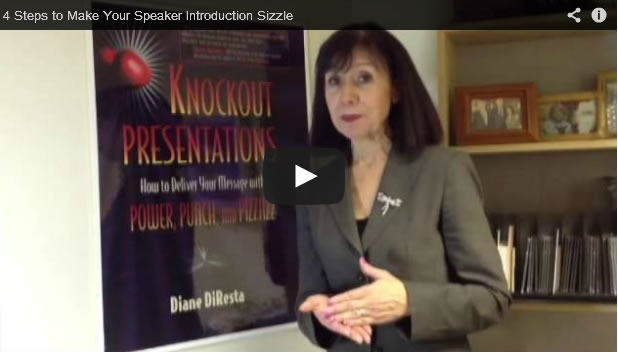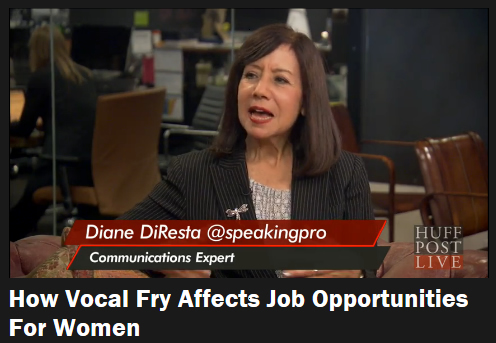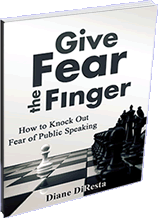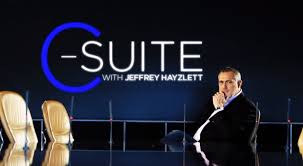 Can you send me a head shot? Do you dread that question? If you're invited to speak you'll need to send a professional photograph. It's a must-have for every public speaker. Even non-speakers need head shots for social media and your photograph is your visual presentation. Do you dislike how you look on camera? Are you convinced you're not photogenic? Not so, says Lisa Crosby, professional photographer for actors, speakers, and professionals. But there are some things you need to know if you want a good professional picture that sells you.
As a photographer for 19 years, Lisa has a unique perspective through the lens that can make anyone look good. She began her career as a classical ballerina and model. Being in front of the camera gave her insights into being behind the camera. Modeling and dance gave her the ability to study the body.
Can you send me a head shot? Do you dread that question? If you're invited to speak you'll need to send a professional photograph. It's a must-have for every public speaker. Even non-speakers need head shots for social media and your photograph is your visual presentation. Do you dislike how you look on camera? Are you convinced you're not photogenic? Not so, says Lisa Crosby, professional photographer for actors, speakers, and professionals. But there are some things you need to know if you want a good professional picture that sells you.
As a photographer for 19 years, Lisa has a unique perspective through the lens that can make anyone look good. She began her career as a classical ballerina and model. Being in front of the camera gave her insights into being behind the camera. Modeling and dance gave her the ability to study the body.
"I get a feeling from the person," she reveals. "I scan their body. I know intuitively what it's going to do, how they'll work with me. I scan, get a feeling, and shoot. I know if a shoulder or neck is out of place. I read the person and know when I can push them and when to leave them alone. It’s a visual kind of feeling. I get the person relaxed and then we can get the body working."
Here are 10 mistakes to avoid when taking a head shot.
Lack of Trust
One of the biggest mistakes people make when posing for head shots is not listening to the photographer. "People think they know how they'll look best," she explains. "They don't!" The most difficult thing for people is to let go and trust, according to Crosby. A reason a person may not photograph well is because they fight with the photographer.
Double Chin
People try to avoid a double chin by putting their head up. This is the worst thing they can do. She has remedies for any kind of issue based on the techniques she learned from modelling. One trick for getting rid of a double chin is through leaning in. "Lean in with your forehead," she advises.
Blinking
Blinking can be a real problem. It's usually because of anticipation of a flash. Using In- studio light, Crosby has the person close their eyes, get a thought, and then open their eyes. "I’ll know when and why they’re blinking," she states. "Close your eyes, get your thought, open your eyes. When their thought is there, that’s when I shoot."
Unflattering Angle
When ts comes to angles, everybody is different. Each person has a good side and a bad side. If one eye is smaller you want the smaller eye to the camera. "I look at bone structure, size of eyes, etc," says Crosby. "There are ways to slim a fuller face with lighting or Photoshop. Lifting the head makes your eyes look beady. Eyes are what sell you. In reality, you need to drop the forehead, not the chin. That will give you better eye contact and minimize double chin."
Bad Lighting
A professional photograph will be well lit. The photographer should aim for "Nice, bright pretty light." If shooting your own video, don’t use a side light. Get light straight on the face and use two white fill cards (poster paper) on the side. Use a fill on the floor under the chin. Pop in some lights on the side so it looks pretty. Men can have darker fills because they desire more ruggedness.
Looking Heavy
Aside from Photoshop, you can look thinner on camera by angling your body. Don’t face the camera directly. Turn your body at a ¾ angle. Hips should be back.
Wrong Clothing
The most important tip is to wear clothes that fit.
If you spend time getting the clothes to fit right then it’s about the clothes, not the person. Make sure the clothes are not wearing you. If you don’t like it in the mirror don’t wear it in the photo. Crosby recommends bringing three different outfits to a photo shoot.
If you do your own hair and make-up you can’t have a shiny face, brown lipstick, too dark eyeliner, or sparkles on your face. Aim for clean, neat, and pretty. No Kim Kardashian eyes unless you’re going for that look. Your every day make-up routine doesn’t always translate on camera. Jet black eyeliner and dark red lipstick won’t photograph well. Crosby recommends using a professional hair and make-up artist.
Drab Colors
Avoid black unless it's a corporate photo. Use a color that flatters your eye color. White is tricky on camera. To appear more friendly, avoid dark colors. Nine times out of ten, a casting director will choose a colorful photo. What colors do advertisers go for? Blues, greens, and turquoise are popular. If a meeting planner is going through a mountain of speaker photos, what color will catch her eye?
Camera Shy
If you're tense in front of the camera, Crosby has tips for that.
"I’ll change places with them, take my picture and and then they'll see what I mean. If they see it, they loosen up. If tension is held in the mouth there is a way to bite the teeth to relax the mouth. Humming helps to create expression in the eyes. Other times, Crosby asks the person to walk around and come back. Words, movement, relaxing, and watching are the tools for being natural in front of the lens.
Not Rested
Don't schedule a shoot when you're hungry or tired. Eat before you arrive and get some rest. You could be there for several hours.
Public speakers need a head shot that's as attractive as their message. Consider these tips before your next photo shoot and you'll look great every time. So I ask you: Are you ready for your close-up?



 If you've ever had someone introduce you before your talk, you know how that person can make or break your presentation. The introducer is your warm-up act and sets the tone. A dispassionate presenter can take the energy out of the room and put a damper on the event. A good introduction gets the audience ready to receive you and your message.
So how does an introduction set you up for success? Watch this video and learn a 4 step process for giving a winning speaker introduction.
If you've ever had someone introduce you before your talk, you know how that person can make or break your presentation. The introducer is your warm-up act and sets the tone. A dispassionate presenter can take the energy out of the room and put a damper on the event. A good introduction gets the audience ready to receive you and your message.
So how does an introduction set you up for success? Watch this video and learn a 4 step process for giving a winning speaker introduction.
 Does your voice crackle like bacon? You may have
Does your voice crackle like bacon? You may have  Guest blogger Dr. Paul Jenkins works with organizations and individuals to establish and maintain habitual patterns of positive perception and focus that increase happiness, engagement, productivity, profit, and ultimate achievement of professional and personal life missions.
Two things create – and cure – anxiety.
Guest blogger Dr. Paul Jenkins works with organizations and individuals to establish and maintain habitual patterns of positive perception and focus that increase happiness, engagement, productivity, profit, and ultimate achievement of professional and personal life missions.
Two things create – and cure – anxiety.  Executive Presence
Executive Presence  This was the email from someone in my networking group after reading the title of my new ebook,
This was the email from someone in my networking group after reading the title of my new ebook,  How often have you seen a talented expert with good presentation skills, derail when they spoke to the C-Suite? My clients have complained about this issue. Their direct reports lose credibility with
How often have you seen a talented expert with good presentation skills, derail when they spoke to the C-Suite? My clients have complained about this issue. Their direct reports lose credibility with 